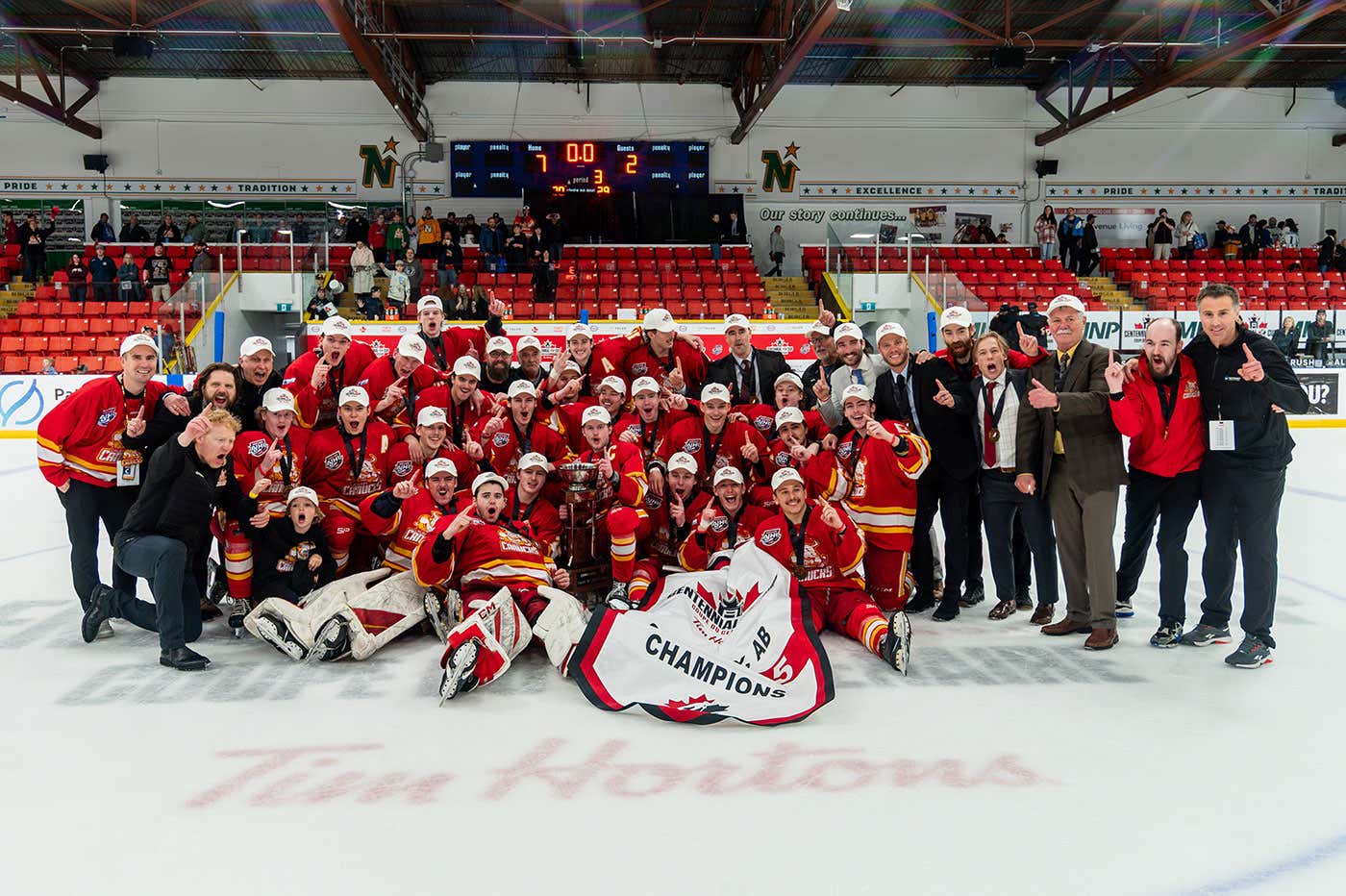2010 RBC Cup
|
HISTORY OF DAUPHIN With so many cultures woven together to form a colourful and vibrant community, we invite you to discover the rich tapestry of history Dauphin offers.
With the opening up of the heart of the region, population virtually poured in. Although the region was first settled by people from the British Isles, immigrants soon arrived from Germany, Central Europe and, most notably, the Ukraine. Dauphin quickly emerged as the main trading centre in central western Manitoba. Settlements began to emerge in the 1880s – Gartmore (approximately two miles southwest of the present city) and Old Dauphin (two miles northeast of the city). The advent of the railway resulted in the establishment of Dauphin situated between Gartmore and Old Dauphin. Dauphin is the birthplace of World War I hero Lieutenant-Colonel W.G. (Billy) Barker V.C., whom the Dauphin Airport was named after in 1998. Dauphin was incorporated as a village in 1898, as a town in 1901 and as a city in 1998. Since its early beginnings Dauphin has grown into a thriving society proud of its roots! JUST THE FACTS Location & Climate
Dauphin is located 311 km (203 miles) northwest of Winnipeg, 167 km (104 miles) north of Brandon, and 275 km (170 miles) north of the U.S. border. The elevation of the Dauphin area is 304 meters (999 feet). The summer season ranges from May through September with average July temperatures from 25.3°C (high) to 11.9°C (low). Average January temperatures range from -12.1°C (high) to -23.4°C (low). The area enjoys sunshine 21 per cent of the time on an annual basis! The Riding Mountains to the south allow for Chinook-type winds, often causing Dauphin to be the warmest spot in Manitoba. Population There are approximately 10,300 people in the city and rural municipality of Dauphin. The trading area population is estimated at 42,870. |
|
For more information: Ryan Robins Manager, Marketing Services |


 HOCKEY CANADA
HOCKEY CANADA

 Lake Dauphin was founded in 1739 by Francois de la Verendrye, who named
it after the oldest son of the King of France. Established as a fur-trading post, ‘Fort Dauphin’ is now a
charming city that extends across the prairie landscape just to the east of the Vermillion River. Growing
numbers of fur traders in the 1800s helped spread word about fertile land surrounding Lake Dauphin. With
visions of wealth and freedom, the first frontier settlers of Scottish and English descent moved to the
valley. Sawmills, flour mills and trading posts sprang up along the Vermillion River, Wilson River and the
mouth of the Valley River.
Lake Dauphin was founded in 1739 by Francois de la Verendrye, who named
it after the oldest son of the King of France. Established as a fur-trading post, ‘Fort Dauphin’ is now a
charming city that extends across the prairie landscape just to the east of the Vermillion River. Growing
numbers of fur traders in the 1800s helped spread word about fertile land surrounding Lake Dauphin. With
visions of wealth and freedom, the first frontier settlers of Scottish and English descent moved to the
valley. Sawmills, flour mills and trading posts sprang up along the Vermillion River, Wilson River and the
mouth of the Valley River. Dauphin is situated in the southwest portion of Manitoba at the
junction of Highways #5, 10 and 20, and is the regional service centre for the Parkland. Located in a valley
between Riding Mountain National Park and Duck Mountain Provincial Park, Dauphin’s landscape is surrounded by
two of the larger inland lakes in the world, Lake Manitoba and Lake Winnipegosis.
Dauphin is situated in the southwest portion of Manitoba at the
junction of Highways #5, 10 and 20, and is the regional service centre for the Parkland. Located in a valley
between Riding Mountain National Park and Duck Mountain Provincial Park, Dauphin’s landscape is surrounded by
two of the larger inland lakes in the world, Lake Manitoba and Lake Winnipegosis.





